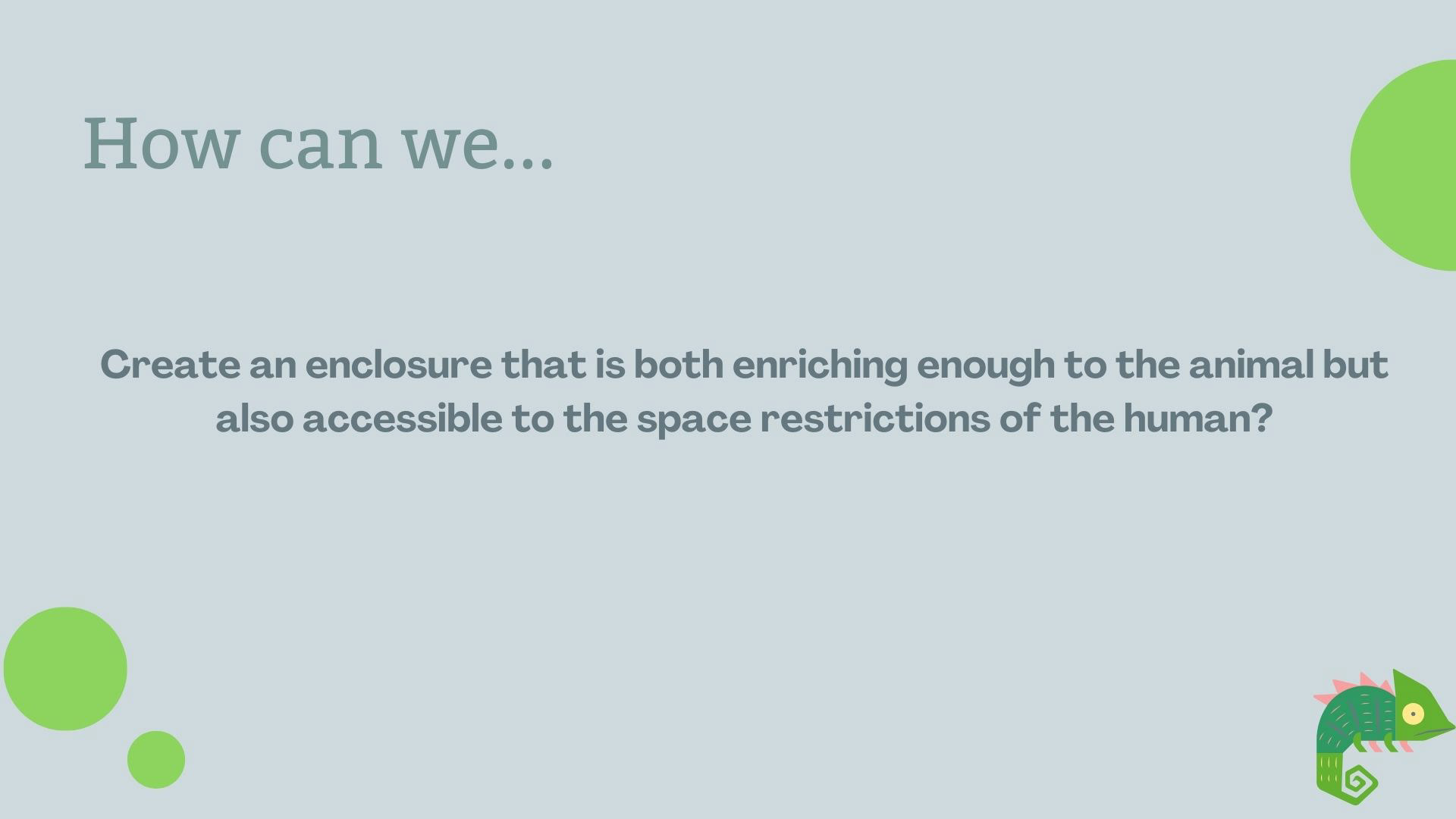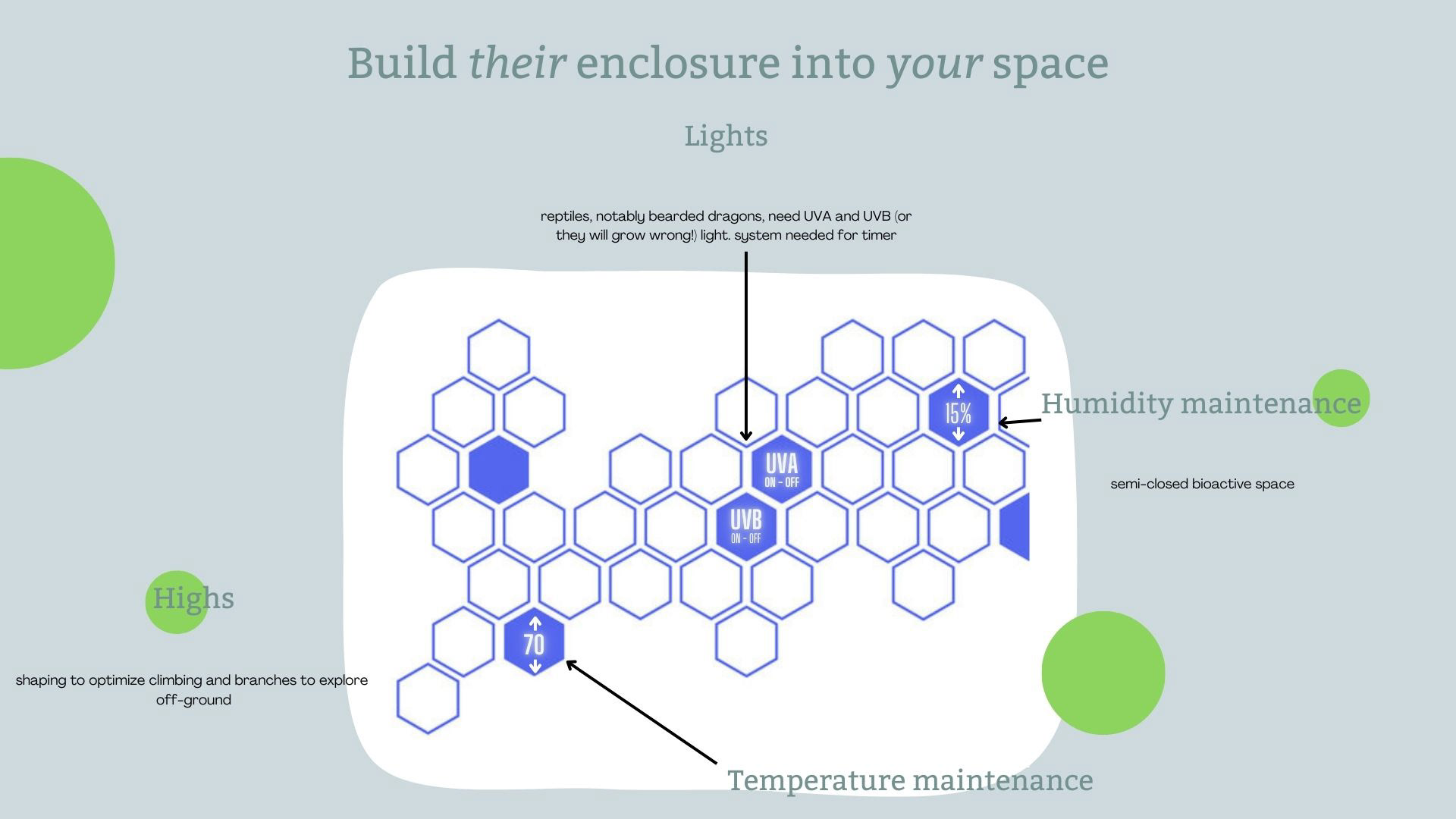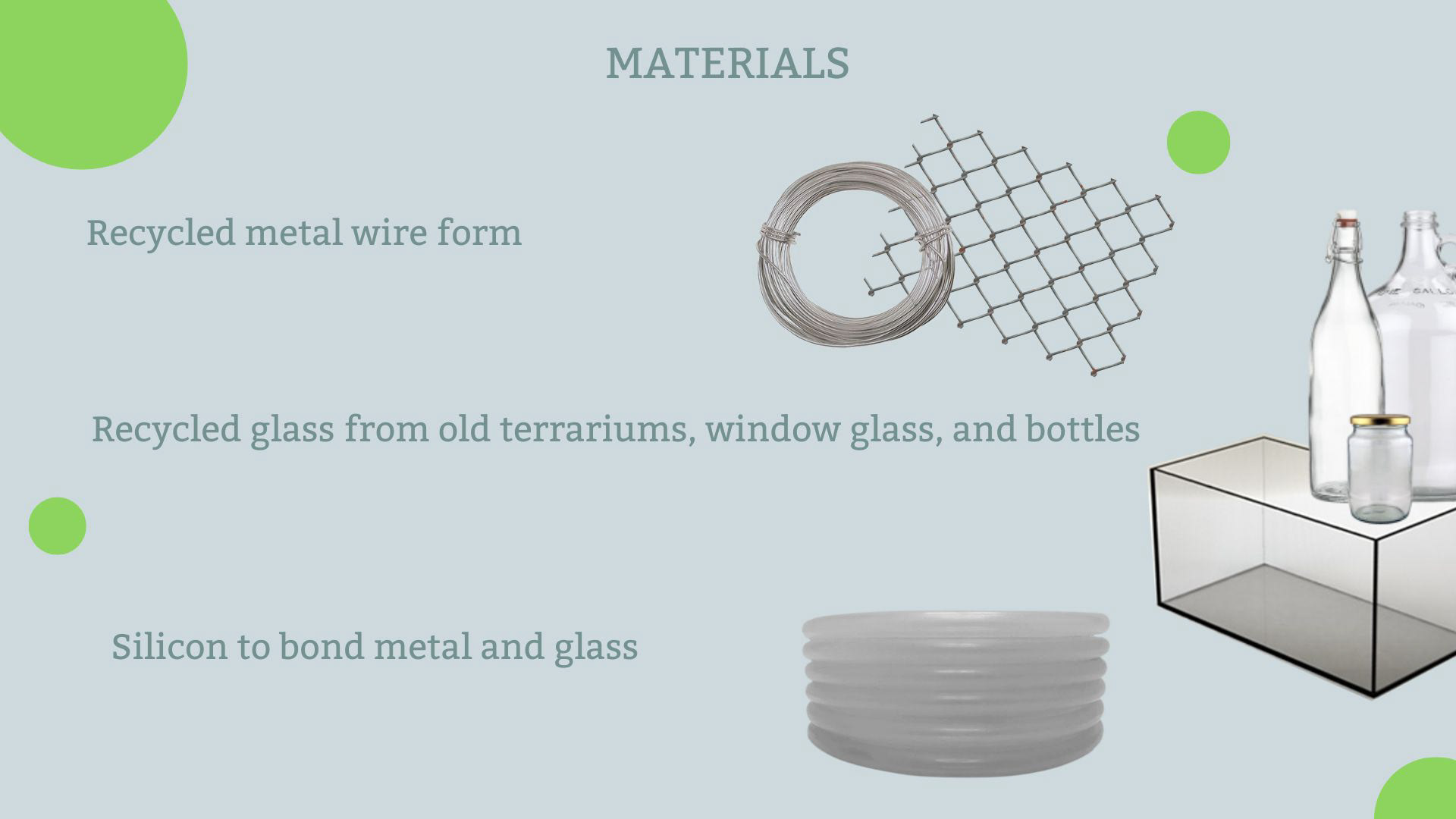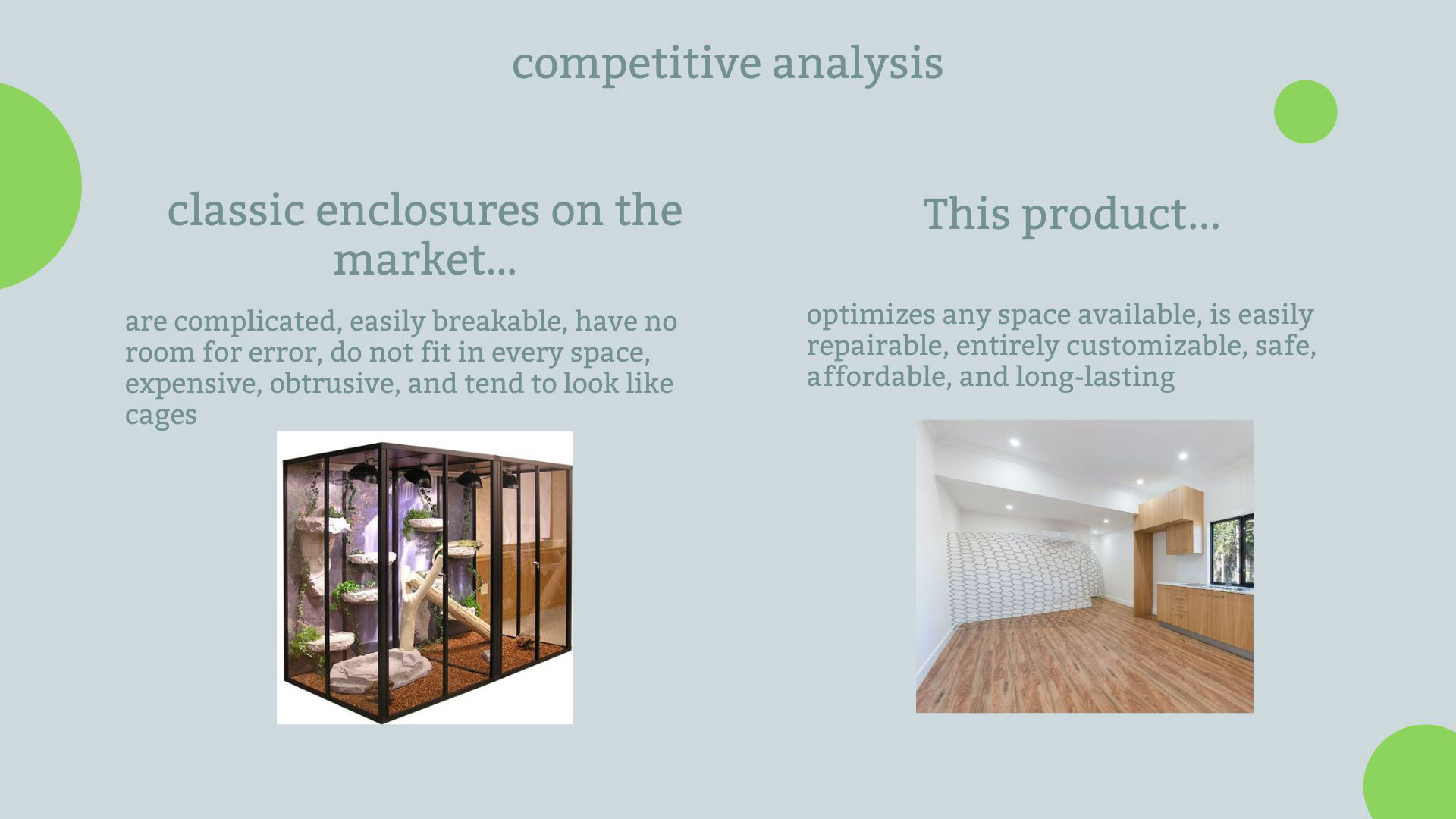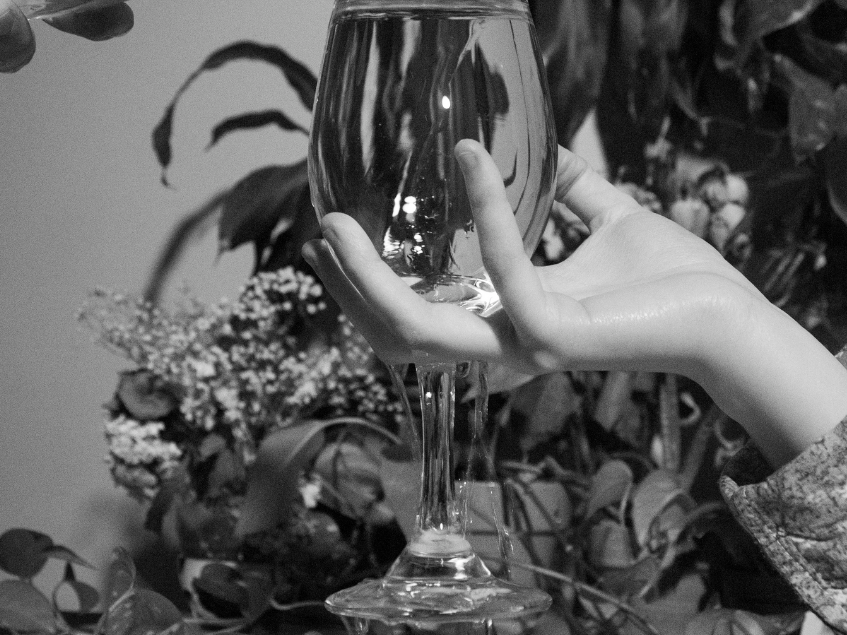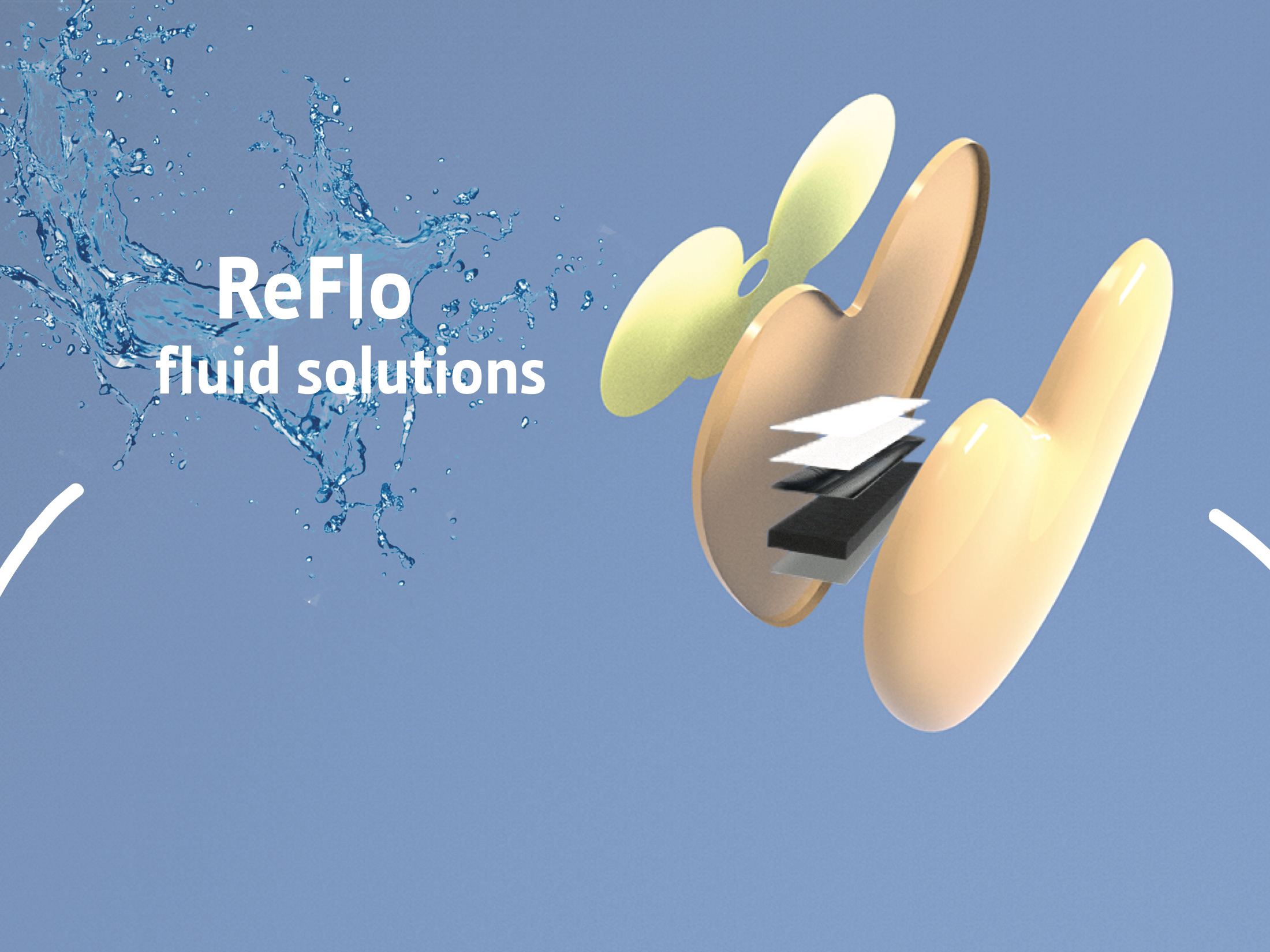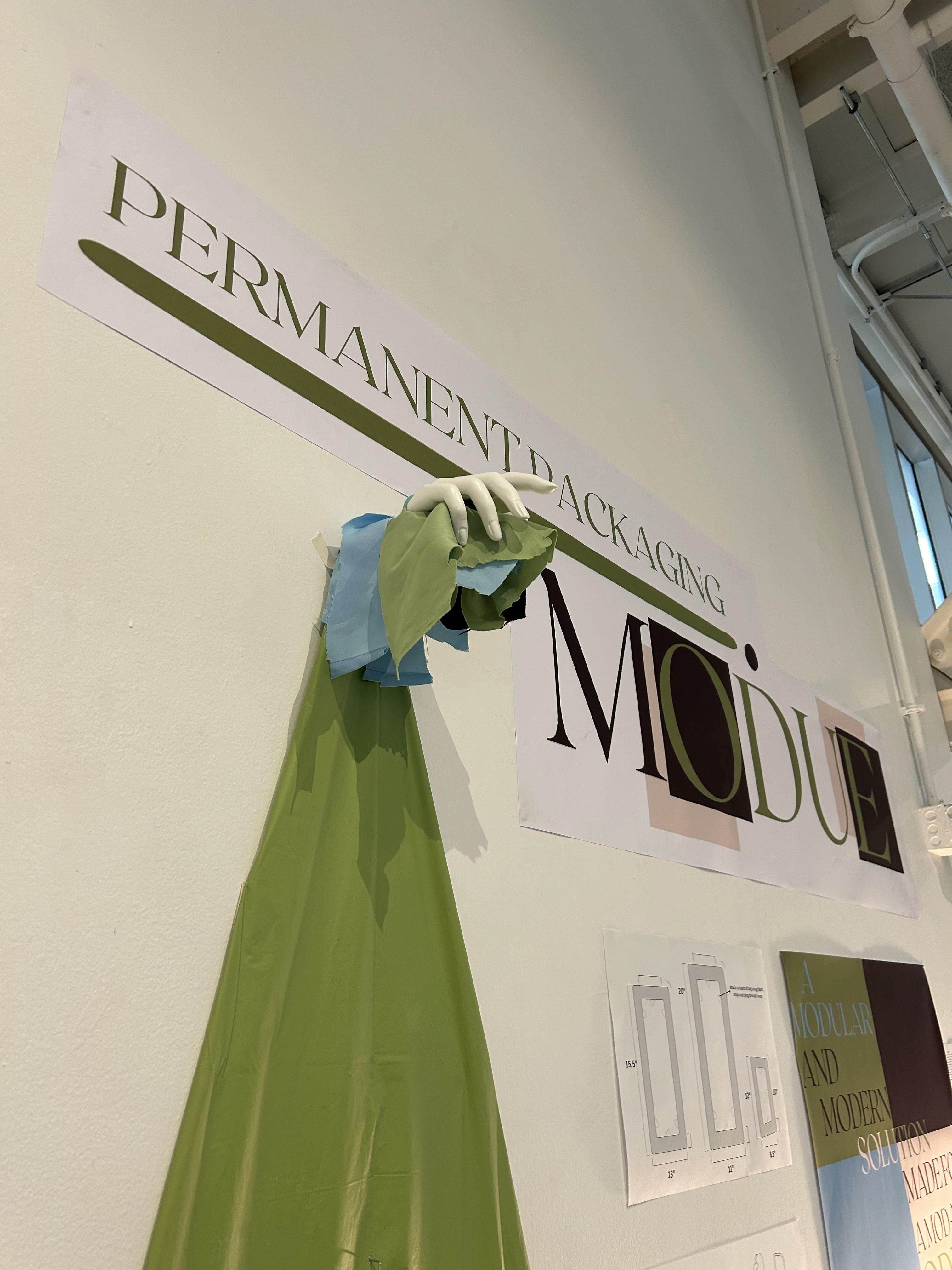Mood-board and swatches for modern Tokyo fashion
Charlie Kaufman was born in New York City in 1958 and has many roles when it comes to his movies- he is a screenwriter, producer, writer, and director, and has even played a personal role in many of his films. As you will see with “adaptation”, he makes his writing process an element of the film itself. He is known for his meta style, his interesting, layered plots, stream-of-consciousness writing as well as his non-chronological (or atemporal) timelines. Some of Kaufman’s works include Being John Malkovich, Adaptation, Synecdoche, New York, and the movie many of you have likely seen, Eternal Sunshine of the Spotless Mind.
This movie is an adaptation of the book “The Orchid Thief” by Susan Orlean who originally wrote about this orchid thief in a New York Times article but was asked to expand it into a book. Through this process, Susan, played by Meryl Streep, becomes closer to the thief and his seemingly abrupt and at times rude personality evolves into an evident passion through her eyes. What’s different about this adaptation is that it is about the process of the adaptation itself. Charlie Kaufman, in writing this screenplay, brings the writing into the movie- he shows himself, played by Nicolas Cage, struggling through this process and the movie develops a layered, meta nature that Kaufman is known for.
The combination of the more complex color story in the woman’s picture with the complementary blue and orange combination here allows for the violet and shades of yellow to create a more suspenseful environment as the camera goes back and forth from him looking very nervously at her back to her calmly looking at him. Purple and yellow are both colors that many associate with alertness and an on-edge feeling so this contrasts her cool, blue demeanor.
In this shot, John, the subject of the book, and the “orchid thief” stands in defeat amongst his plants after the hurricane that came at an especially low part in his life. This is reflected in the colors with a dull tone and tint-focused palette with the focal point being the rust-colored planters and their more vibrant green plants. The neutrals of the dirt and additional ruins bring down the eye to a more sorrowful and hopeless atmosphere.
Following this timeline of sorrow, John experiences difficulty in his personal life (wife pictured in hospital bed). Kaufman uses the triad of red, blue, and yellow- though they aren’t easily recognizable as those since they are so shaded. though the sides of the shot have bold colors, the drab, cold nature of the center brings the feeling down again.
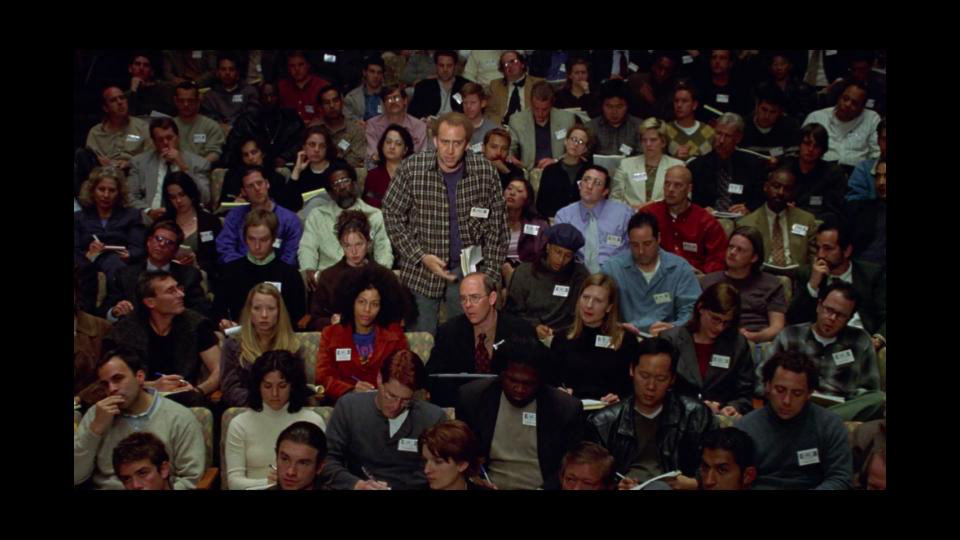

Because of the muted colors, even as Kaufman’s character stands up in this shot he still blends in and lacks visual presence when we are expected to pay attention to him. This helps in displaying his feelings of insignificance and worthlessness, however, in making most of the colors here muted there’s more opportunity for subtle guidance of the viewer’s eye to this shape of which he is the focal point.
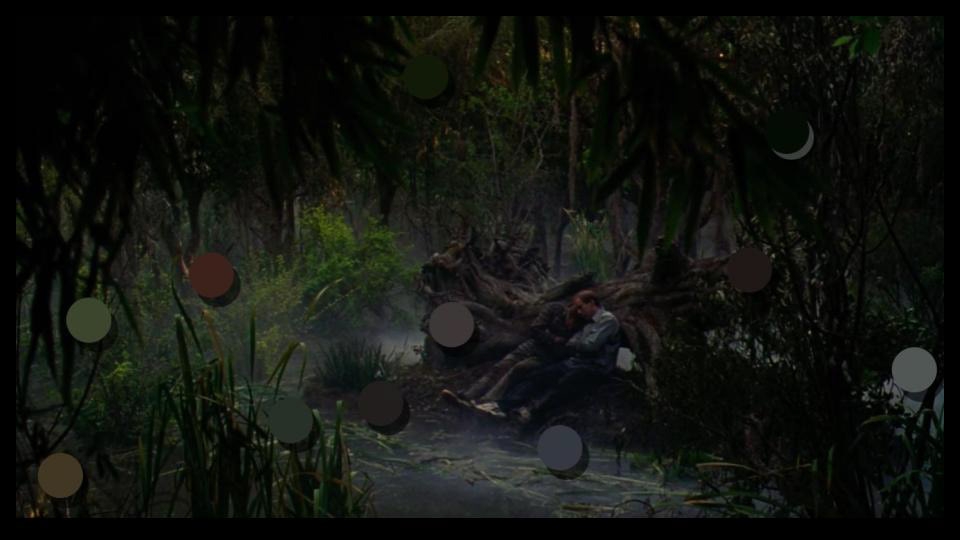
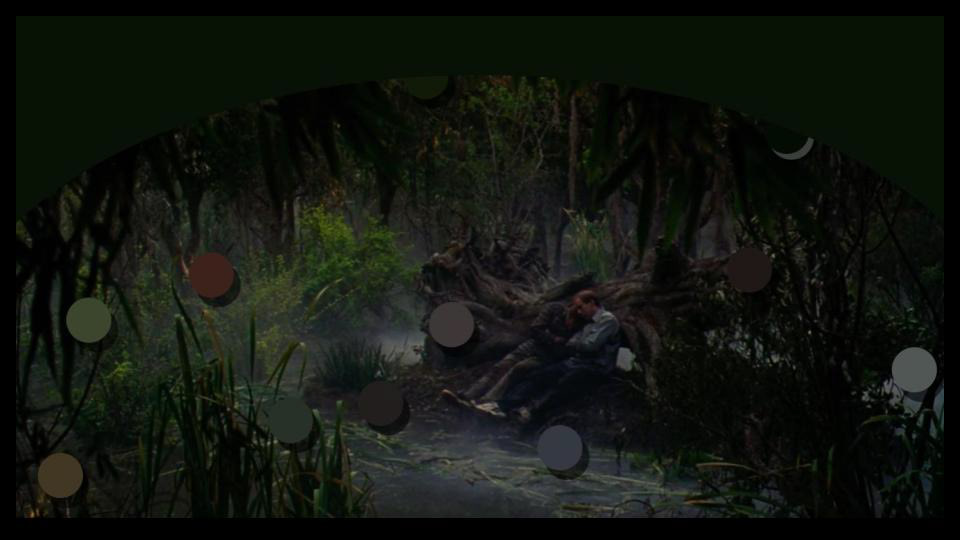
This shot is of the brothers hiding in the swamp together. Vignetting of the dark green leaves is used to show that while it is daytime, there is still a looming threat that leaves them out in the open also noticeable in the cooler colors, lacking comfort or solace.

This is a great time-lapse for the ending of this movie as it shows the gradation between the blown-out, bright colors used next to the very dull and melancholy neutrals that are used throughout the movie. This loop of day and night brings the atmosphere to the subject and we watch it breathe as the scene behind it flickers with less predictable hues than the yellows and greens of the flowers in the foreground.
The movie adaptation represents loss, sorrow, desire, reflection, and obsession, all visible in this deep, shaded color palette.
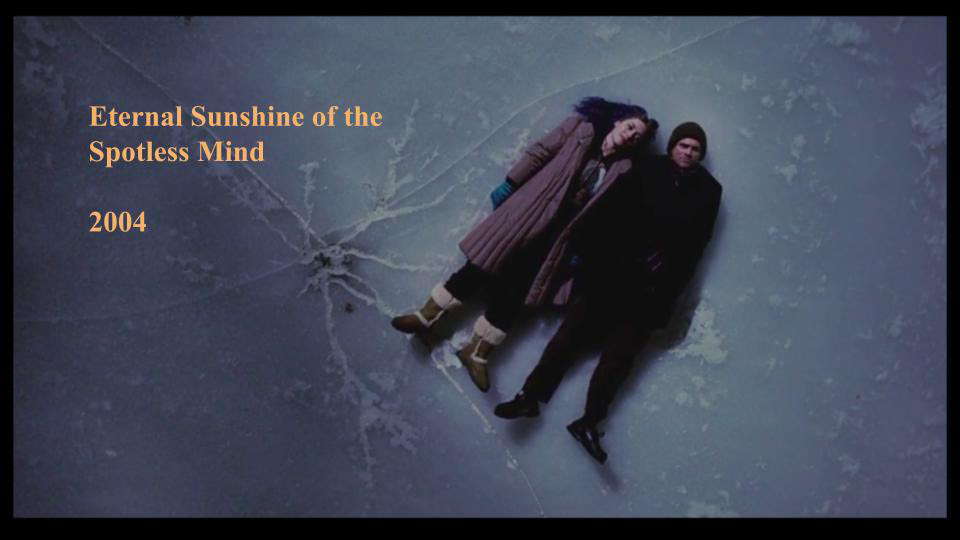
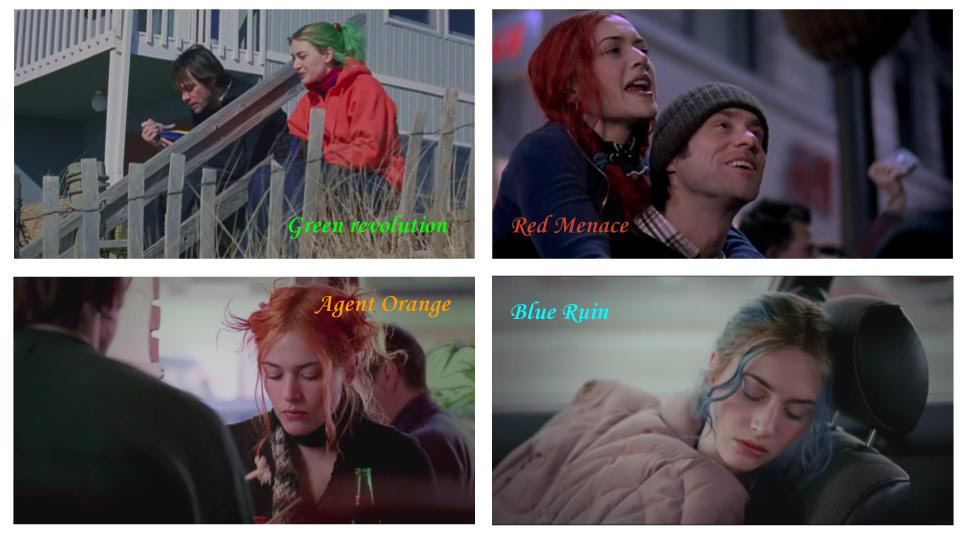
This movie, released in 2004, is about - Joel and Clementine (played by Jim Carrey and Kate Winslet) a couple who have the memories of each other removed using a new service aimed to help minimize the suffering of emotional losses. It asks the question- are we better off never having known that person if they brought us pain or would losing the bad memories of them not be worth also forgetting the good ones? And after Joel finds out he has been erased from clementines memory, he goes about doing the same for her and watches as each memory is pulled away from him.
With a non-linear timeline, Clementine's hair color is a landmark for where they are in their relationship at any given point in the movie.
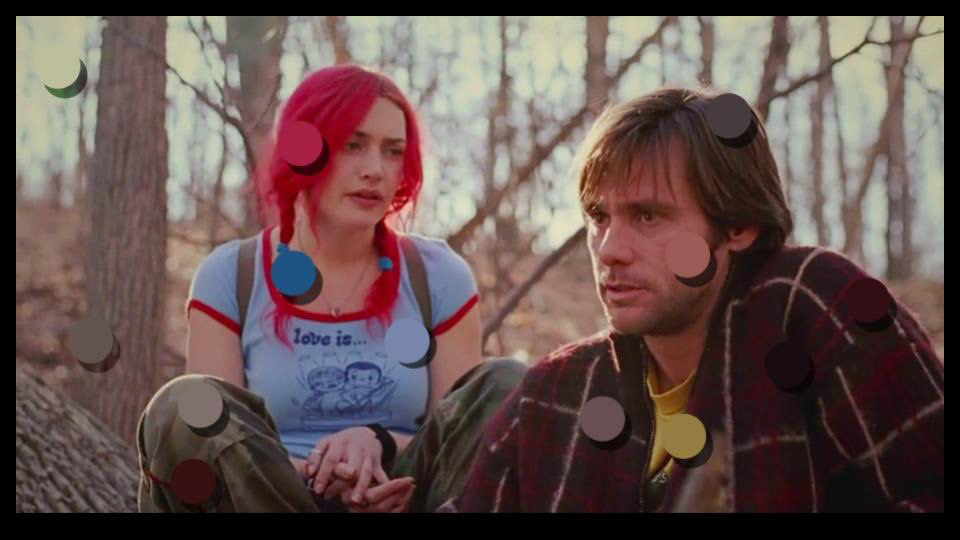
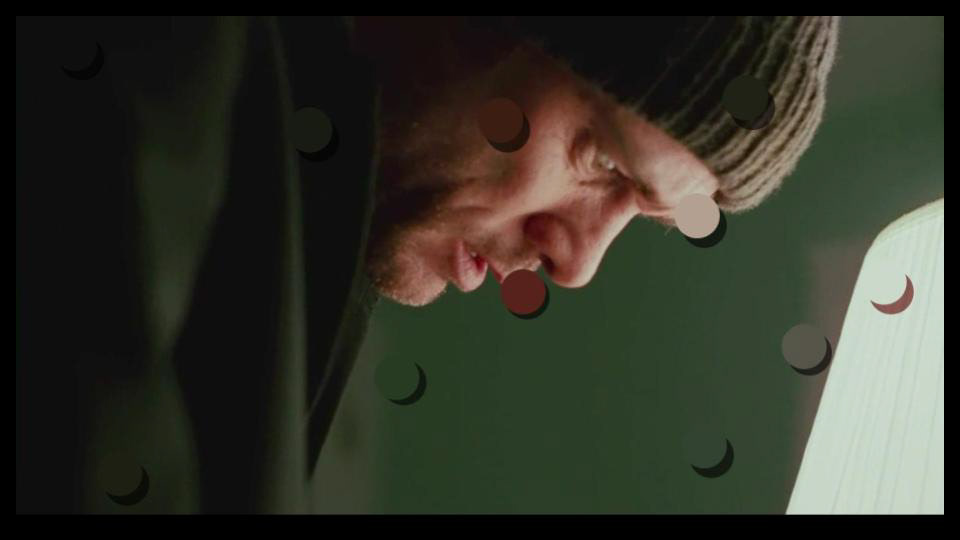
Clementine’s brilliant hot pinks and more electric blues visually tower over Joel’s mostly neutral palette here. In this shot, she is hopeful and making suggestions as to how he can get out of this situation while he feels unsure anything will work. His earth tones contrast with the yellow of his shirt, though as your eye goes up to his diagonal gaze, his mind starts to change.
The green here serves as anticipation that is brightened by the warmer light source in front of Joel as he looks down and the intense mauve shadows emphasize the concern on his face.
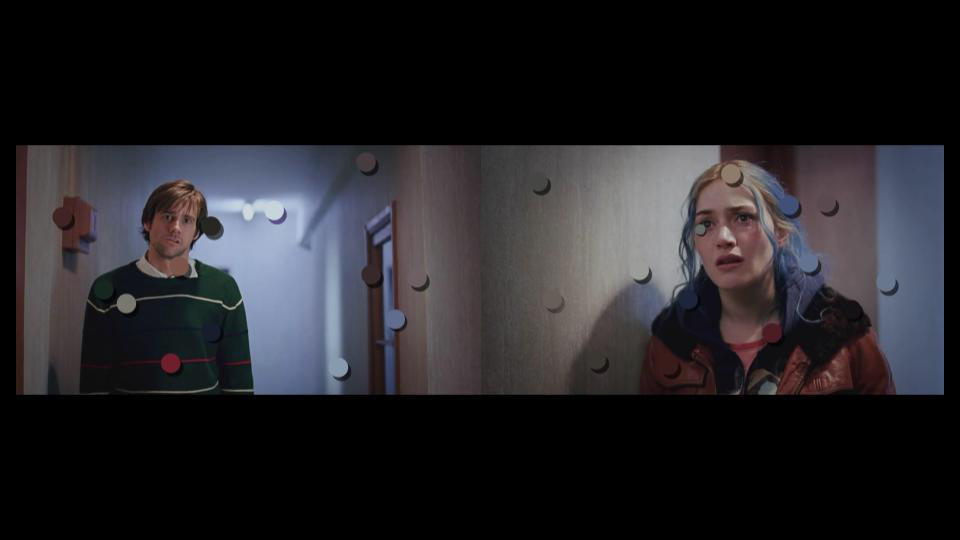

The reds greens and blues here have an interesting interaction as the blues in the characters recede into cooler blues. The greens here become shadows in the wall's textures they become duller- leaving the reds to attract the eye and introduce a focal point.
This shot I find to be the saddest of the movie, upon losing her so many times, his memories being pulled away from him one by one, the books losing their colors and words all around him becoming a unified, cold void around his dark figure.
The palette of Eternal Sunshine of the Spotless Mind expresses regret, love, ruin, sadness, romance, and impulsivity.
This product is aimed to bring the Native brand to new audiences.


This project works towards pet-centered design for animals in need of specific enclosures.

